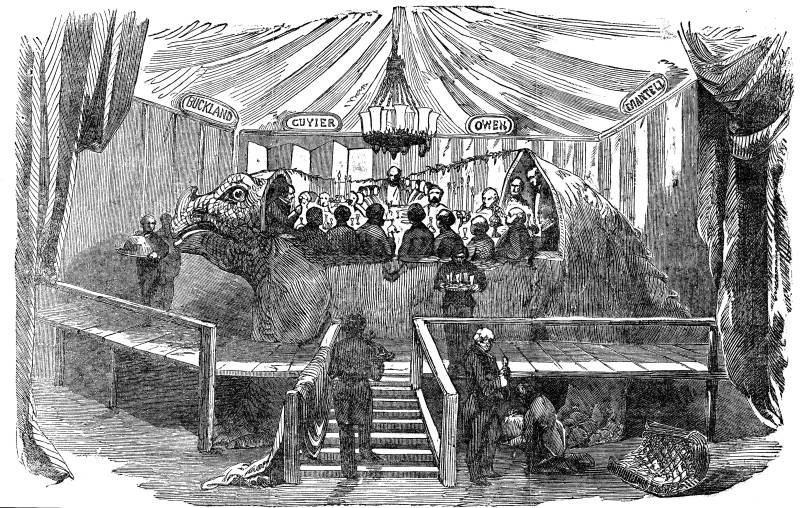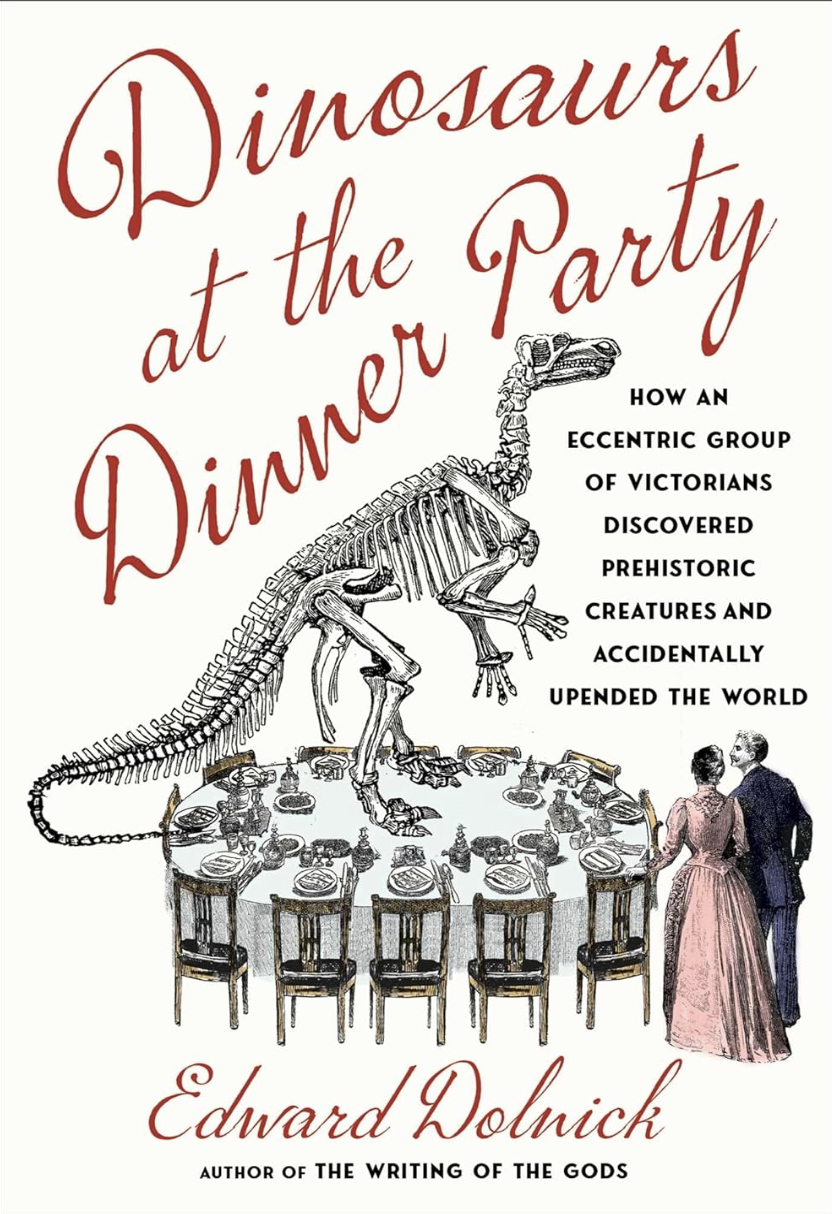For generations raised on dinosaur toys, Jurassic Park films and characters like Barney, it’s hard to imagine a world where dinos and their fossils didn’t exist — or, more accurately, weren’t discovered yet.
That world is exactly where Edward Dolnick takes readers in Dinosaurs at the Dinner Party: How An Eccentric Group of Victorians Discovered Prehistoric Creatures and Accidentally Upended the World.



